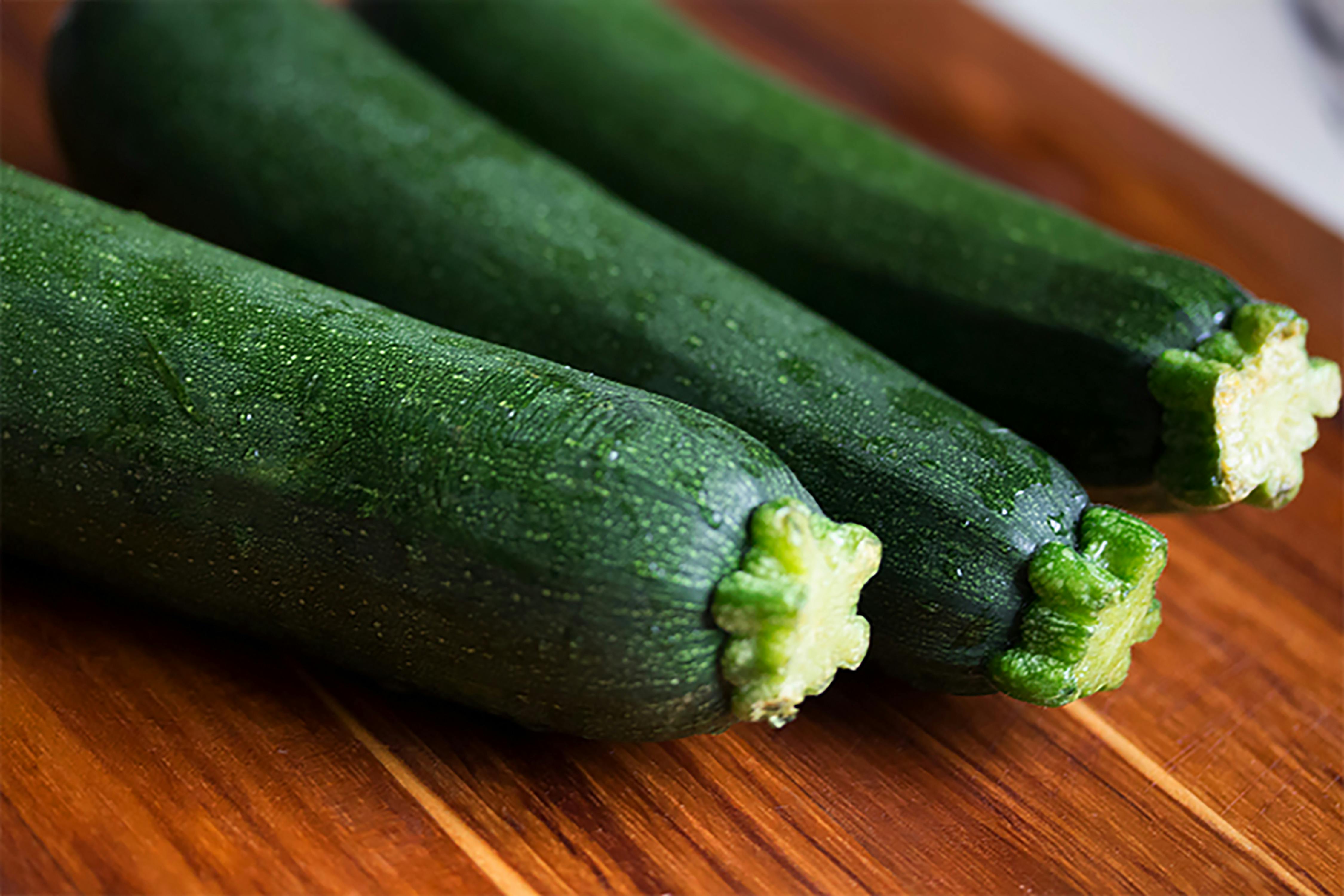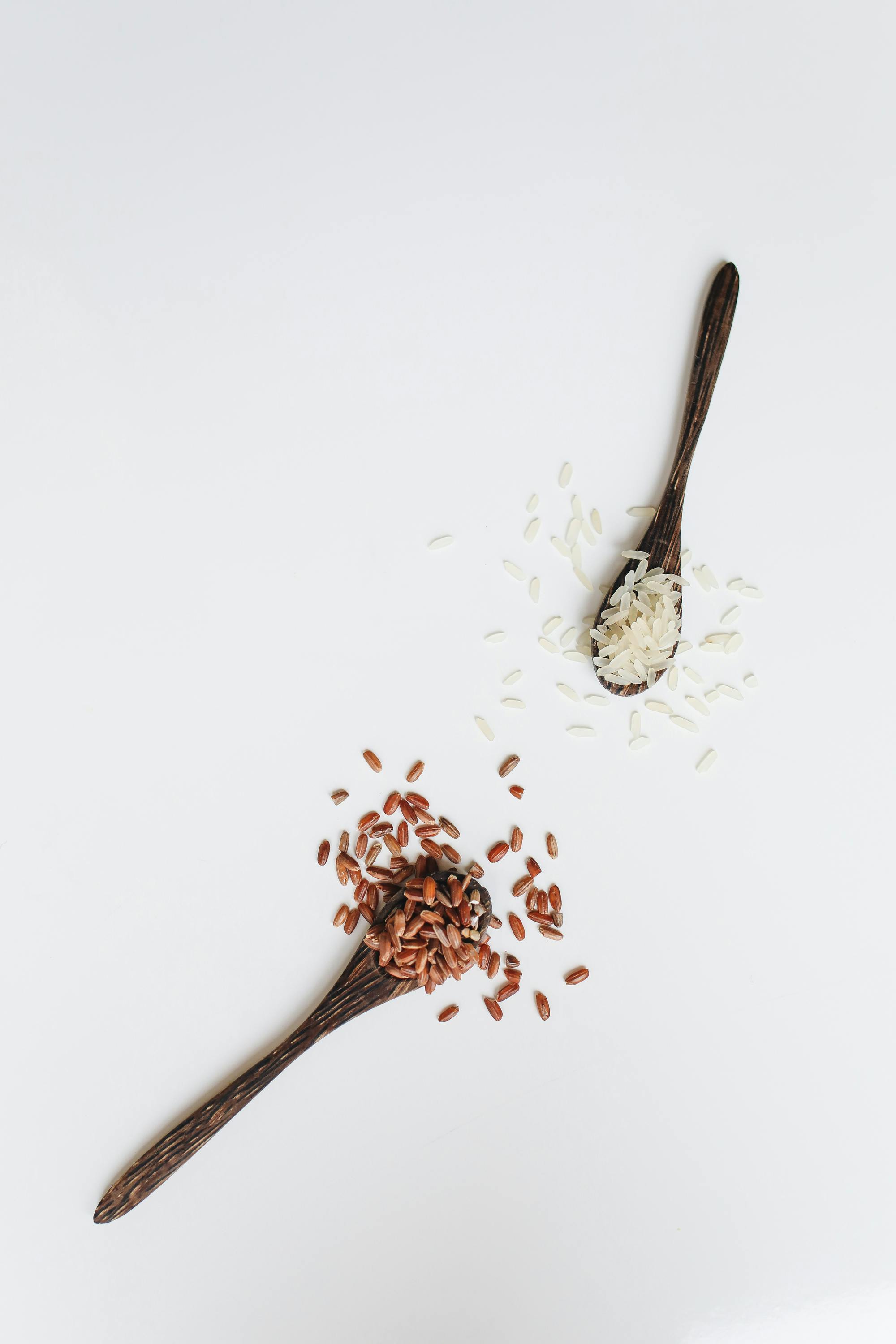
Effective Ways to Optimize Your Norwegian Forest Cat Diet in 2025
The Norwegian Forest Cat is known for its majestic appearance, friendly nature, and robust health. To maintain an optimal diet for these unique felines in 2025, it is essential to consider their special nutritional needs. Creating a balanced diet not only supports their physical health but also enhances their playful and affectionate behavior. In this comprehensive guide, we will explore effective feeding guidelines that cater to Norwegian Forest Cats at every life stage, from kittens to seniors.
Understanding the dietary preferences and requirements of these cats will enable you to make informed choices about the best food options available. Moreover, we will delve into common misconceptions regarding cat nutrition and provide practical tips for maintaining a healthy feeding routine. By the end of this article, you’ll be equipped with knowledge that supports your cat’s well-being and aids in preventing health issues related to poor diet.
Key takeaways include insights into dietary guidelines, food preferences, hydration needs, and recommended feeding schedules. Let’s unpack how to optimize your Norwegian Forest Cat's diet and ensure they thrive in the years to come.
Understanding Norwegian Forest Cat Nutritional Needs
Building on the importance of a well-rounded diet, grasping the specific nutritional needs of Norwegian Forest Cats is pivotal. These cats are known for their energetic lifestyle, which correlates with their nutritional requirements. The right mix of proteins, fats, and nutrients plays a crucial role in sustaining their vitality.
Essential Nutritional Components
The primary components of a Norwegian Forest Cat's diet include high-quality protein and healthy fats. Cats are obligate carnivores, meaning their metabolism is designed to thrive on animal-based proteins. Products containing at least 40% protein are often considered high-protein cat food. Omega fatty acids are also significant for maintaining their healthy skin and lustrous coat.
Understanding Dietary Fiber
A high-fiber diet can benefit Norwegian Forest Cats, particularly those prone to weight issues or digestive problems. Fiber aids digestion and helps regulate weight. Foods enriched with fiber can prevent obesity, often found among indoor cats. Including fiber in their diet promotes a healthy gut and prevents hairballs, which is essential given their long fur.
The Role of Vitamins and Minerals
Vitamins and minerals are vital for a balanced diet. Norwegian Forest Cats require taurine, an essential amino acid, as well as other vitamins like A, D, E, and the B vitamins. These nutrients support various bodily functions including vision, immune response, and bone health. Regularly consulting with a veterinarian about dietary supplementation can ensure that your cat receives the necessary vitamins.
Nutritional Risks and Allergies
While understanding nutritional requirements is key, being aware of food allergies is equally important. Norwegian Forest Cats can develop sensitivities to certain ingredients, such as grains or specific proteins. Observing for signs like vomiting or skin irritations can help you identify potential allergies. Always consult your vet to tailor the diet to your cat's individual needs.
Feeding Recommendations for Different Life Stages
Norwegian Forest Cats have different nutritional needs at each stage of their lives, from kitten to senior. Kittens require rich, nutrient-dense foods for growth, while adults may need maintenance diets to keep their energy levels stable. Senior cats may benefit from diets lower in calories but rich in fiber and necessary nutrients to aid digestion. Adjusting their diet based on their age will help maintain their health over time.
Choosing the Best Food for Norwegian Forest Cats
With these dietary fundamentals laid out, let’s explore how to choose the best food that suits the dietary guidelines for your Norwegian Forest Cat. The market offers a plethora of options, from commercial dry and wet foods to homemade diets, each possessing unique benefits and considerations.
Commercial Food Brands for Norwegian Forest Cats
When selecting commercial food brands, it’s crucial to look for high-quality ingredients. Opt for products specifically formulated for Norwegian Forest Cats or those that meet the nutritional guidelines for cats. Some highly recommended brands include premium options known for their high protein content and lack of fillers.
Wet vs. Dry Food: Pros and Cons
It’s a common debate among cat owners whether to feed their cats wet or dry food. Wet food often provides hydration benefits, as many cats do not drink enough water. It can also be more palatable and easier to chew, which can encourage proper eating habits. Conversely, dry food can aid in maintaining dental health and is generally more convenient to store. Mixing both may yield a balanced diet, combining the advantages of each food type.
Raw Diet Considerations
A raw diet is gaining popularity among cat owners. However, ensuring that it is nutritionally balanced while following safe preparation guidelines is critical. Consult with a veterinarian if considering raw meals, as they can provide a tailored diet plan that ensures all dietary needs are met and prevent any health risks associated with raw feeding.
Homemade Meals: Nutrition and Safety
Many owners prefer preparing homemade meals for more control over ingredient quality. Homemade diets should be formulated with balanced nutrients to prevent deficiencies. Providing a variety of protein sources and ensuring proper supplementation with vitamins and minerals is essential for maintaining their health.
Monitoring Food Labels
Understanding cat food labels can be overwhelming, but it’s crucial for making informed choices. Focus on the first few ingredients, which should primarily be protein sources. Moreover, awareness of nutritional adequacy statements ensures that the food is complete and balanced according to the standards set by pet nutrition authorities.
Feeding Practices that Support Norwegian Forest Cat Health
Having established a solid foundation on food selection, the next step is to adopt effective feeding practices that enhance your Norwegian Forest Cat's health. Managing their feeding schedules and meal portions effectively can lead to healthier, happier cats.
Recommended Feeding Schedule
Creating a regular feeding schedule helps maintain a healthy appetite and metabolism. Feeding adult Norwegian Forest Cats twice a day is generally sufficient, while kittens may benefit from more frequent meals. Consistency in timing allows their bodies to anticipate mealtimes, promoting better digestion and a more disciplined eating habit.
Portion Control for Optimal Weight Management
Portion control is necessary to avoid overfeeding, which aligns with optimal weight management. Consult with your veterinarian to determine the appropriate meal portions based on your cat’s age, weight, and activity level. Monitoring their weight regularly will help you adapt their diet if you notice unwanted weight gain or loss.
Hydration Needs of Your Norwegian Forest Cat
Hydration is essential in maintaining the overall health of Norwegian Forest Cats. While wet food contributes to fluid intake, ensuring access to fresh water at all times is just as important. Adding water or broth to dry food can encourage increased fluid consumption, which contributes to renal health.
Incorporating Treats Into Their Diet
Treats can enhance your relationship and bond with your Norwegian Forest Cat, providing them satisfaction and reinforcing positive behavior. Choosing healthy treats that align with their dietary needs is vital. Limit treats to 10% of their daily caloric intake to maintain balanced nutrition and avoid excessive weight gain.
Observing Eating Habits and Preferences
Finally, be attentive to your cat’s eating habits and preferences. Noting their reactions to various foods allows you to tailor their diet to what they enjoy while still fulfilling their nutritional requirements. An understanding of their appetite and dietary preferences will make feeding easier and more enjoyable for both you and your cat.
Conclusion and Key Takeaways
In conclusion, optimizing your Norwegian Forest Cat's diet in 2025 involves a thorough understanding of their specific nutritional needs, thoughtful selection of food types, and the implementation of effective feeding practices. Ensuring they receive a balanced diet rich in protein, vitamins, and minerals will contribute significantly to their overall well-being throughout their various life stages.
Key takeaways include:
- Understanding nutritional needs at different ages.
- Choosing between wet, dry, and homemade diets.
- Implementing regular feeding schedules for optimal health.
- Maintaining portion control for effective weight management.
- Encouraging hydration and observing food preferences.
By equipping yourself with this knowledge and regularly consulting with your veterinarian, you can secure a healthy and fulfilling dietary routine for your Norwegian Forest Cat, ensuring their happiness and longevity.

